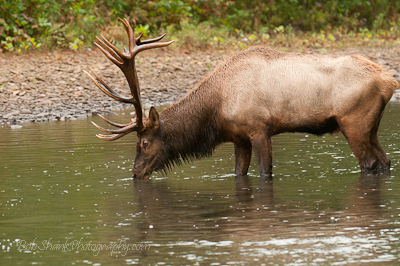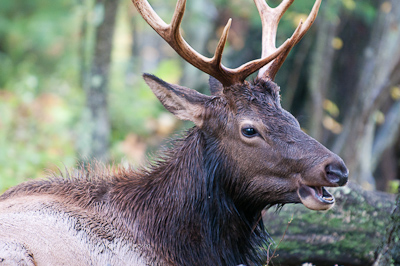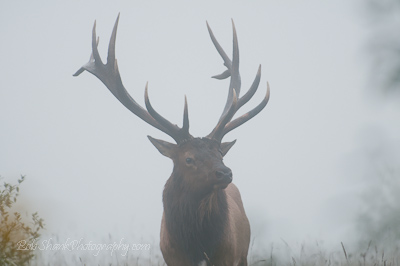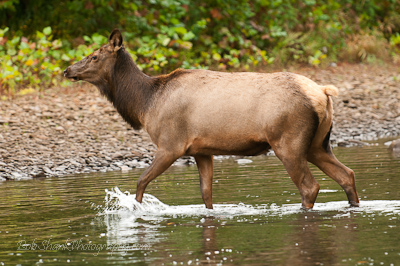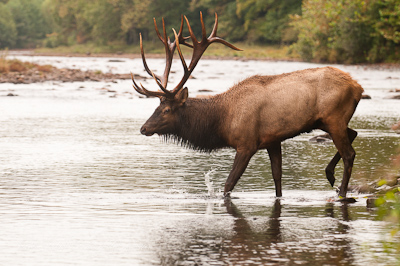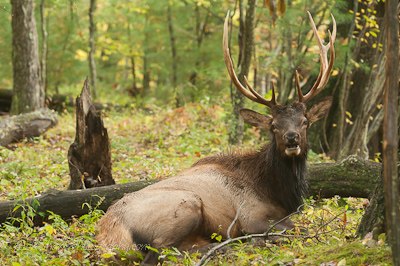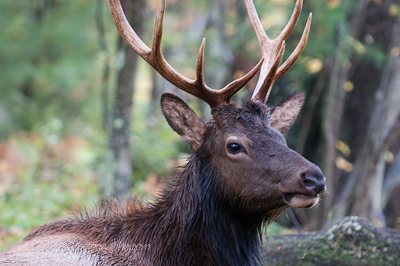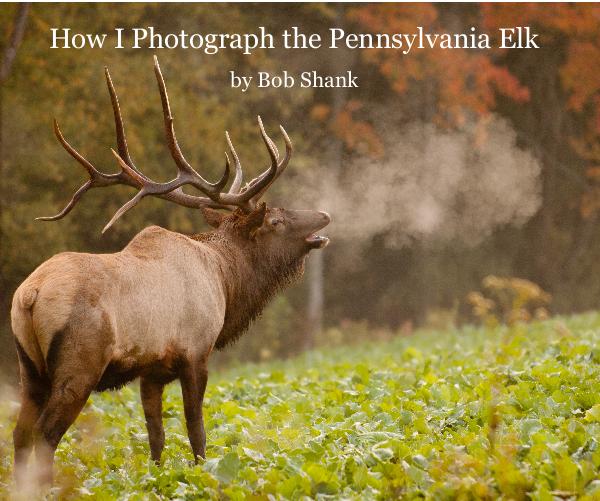Finding the perfect summer dress can be a challenge, especially for petite women who often face the struggle of finding styles that fit and flatter their smaller frames. The key is to focus on cuts, lengths, and styles that create an elongating effect, making you look both stylish and proportionate. Here’s a guide to finding petite-friendly summer dresses that enhance your frame and make you feel confident.
1. Opt for Fitted and Tailored Styles
When it comes to summer dresses, the fit is crucial for petite frames. Dresses that are too loose or oversized can overwhelm your figure and make you look shorter. Instead, go for fitted or tailored styles that accentuate your shape:
A-Line Dresses: An A-line dress is a versatile choice that works well for petite figures. The fitted bodice and flared skirt create a balanced silhouette that elongates the legs. Choose a dress with a cinched waist to enhance your curves and add definition.
Wrap Dresses: Wrap dresses are excellent for petite women as they can be adjusted to fit your body perfectly. The V-neckline of a wrap dress creates the illusion of a longer torso, while the tie waist helps to define your shape.
Fit-and-Flare Dresses: Similar to A-line dresses, fit-and-flare dresses offer a structured bodice with a flared skirt. This combination creates a flattering shape and allows for easy movement while maintaining a streamlined appearance.
Styling Tip: Avoid overly voluminous styles that can swamp your frame. Stick to dresses that offer a more tailored fit to enhance your proportions.
2. Choose the Right Length
The length of a dress plays a significant role in how it flatters a petite frame. Here’s how to choose the right length to ensure your dress makes you look taller and more proportionate:
Knee-Length Dresses: Knee-length dresses are ideal for petite women as they show off your legs and create the appearance of longer limbs. This length is universally flattering and works well for both casual and formal occasions.
Above-the-Knee Dresses: Dresses that hit just above the knee can make your legs appear longer. This length is great for summer days and gives a youthful, playful look.
High-Low Dresses: High-low dresses, with their shorter front and longer back, offer a trendy option that elongates the legs while adding a touch of drama. This style can be particularly flattering for petite frames.
Styling Tip: Avoid floor-length dresses or those that fall mid-calf, as they can make you appear shorter. Opt for lengths that showcase your legs and add a sense of height.
3. Embrace Vertical Lines and Patterns
Vertical lines and patterns can create the illusion of added height, making them perfect for petite women. Here’s how to incorporate them into your summer dress wardrobe:
Vertical Stripes: Dresses with vertical stripes help elongate your body by drawing the eye upward. Choose dresses with thin, subtle stripes for a sophisticated look or bold stripes for a more playful style.
Monochromatic Looks: A monochromatic dress in a single color or similar shades can create a continuous line from head to toe, which makes you appear taller and more streamlined.
Vertical Patterns: Look for dresses with vertical patterns or designs that lead the eye vertically. This can include prints like vertical florals or abstract designs.
Styling Tip: Avoid horizontal stripes or busy patterns that can cut off your height. Stick to designs that emphasize vertical lines to enhance your silhouette.
4. Play with Necklines
The right neckline can make a significant difference in how a dress flatters a petite frame. Here’s how to choose necklines that enhance your proportions:
V-Necks: V-necklines are great for petite women as they create the illusion of a longer torso and elongate the neck. This style also helps to draw attention upward, balancing your overall look.
Scooped Necklines: Scoop necklines offer a similar effect to V-necks by opening up the chest area and creating a longer line. This neckline works well for casual summer dresses and adds a feminine touch.
Belted or Drawstring Styles: Dresses with belts or drawstrings at the waist can help define your shape and prevent the dress from overwhelming your frame.
Styling Tip: Avoid high necklines or overly embellished collars that can make your torso appear shorter. Opt for necklines that enhance your vertical line and keep the look balanced.
5. Consider Fabric and Prints
The choice of fabric and print can also impact how a summer dress fits and flatters a petite frame:
Lightweight Fabrics: Opt for lightweight, flowing fabrics like chiffon or cotton that add movement without adding bulk. These fabrics are perfect for summer and keep your look airy and fresh.
Small Prints: Small, delicate prints are more flattering for petite figures compared to large, overpowering patterns. Choose prints that add visual interest without overwhelming your frame.
Styling Tip: Avoid heavy or stiff fabrics that can add bulk and make you look shorter. Stick to fabrics that drape well and complement your figure.
Conclusion
Finding the perfect womens summer dresses canada for a petite frame involves focusing on styles that enhance your proportions and elongate your body. By choosing fitted cuts, the right length, vertical lines, flattering necklines, and suitable fabrics, you can find dresses that make you look and feel your best. Embrace these tips to celebrate your petite frame and enjoy stylish, flattering summer dresses year-round. With the right dress, you’ll exude confidence and sophistication, no matter the occasion.
